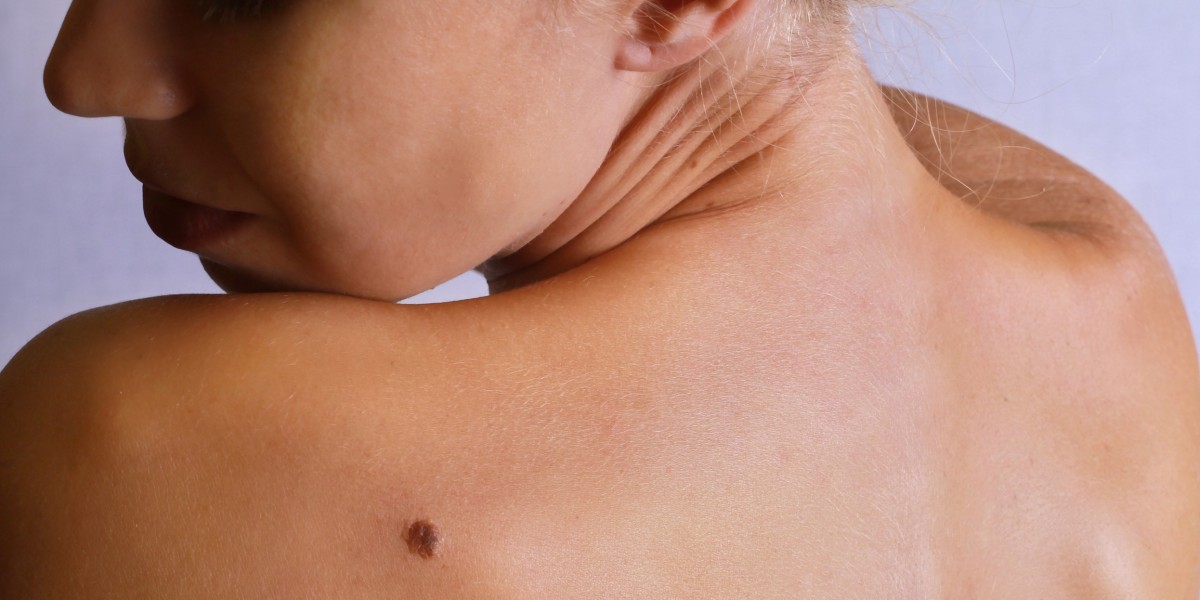Introduction
Seborrheic keratosis might sound like a mouthful, but it’s a common skin condition that many people deal with, especially as they get older. Understanding what it is and how to treat it effectively can make a big difference in your skin health and overall confidence. Let’s dive into what seborrheic keratosis is all about and explore the best Seborrheic Keratosis Treatment in Dubai.
What is Seborrheic Keratosis?
Seborrheic keratosis is a non-cancerous skin growth that appears as a brown, black, or light tan spot on the skin. These growths are often slightly raised and can look like they’re stuck onto the skin’s surface. They can vary in size and are most commonly found on the face, chest, shoulders, or back.
Definition and Characteristics
Seborrheic keratosis typically has a waxy, scaly, and slightly elevated appearance. These growths are benign, meaning they’re not cancerous and don’t usually pose any health risk. However, they can be unsightly and may cause discomfort if they rub against clothing or jewelry.
Common Symptoms
The main symptom of seborrheic keratosis is the presence of these growths on the skin. They can be itchy or irritating, but they’re generally painless. Some people may develop multiple growths, while others might only have one or two.
Causes of Seborrheic Keratosis
Understanding what causes seborrheic keratosis can help in managing and preventing it.
Genetic Factors
There’s a strong genetic component to seborrheic keratosis. If your parents or grandparents had these growths, you’re more likely to develop them as well.
Environmental Influences
Exposure to the sun and certain environmental factors can also contribute to the development of seborrheic keratosis. However, the exact relationship between these factors and the growths isn’t entirely understood.
Age and Skin Type
Seborrheic keratosis is more common in older adults. While it can appear at any age, it’s rare in children. People with fair skin are also more likely to develop these growths.
Diagnosis of Seborrheic Keratosis
Getting an accurate diagnosis is the first step toward effective treatment.
Clinical Examination
A dermatologist can usually diagnose seborrheic keratosis through a simple visual examination. The characteristic appearance of the growths is often enough to make a diagnosis.
Biopsy and Histopathology
In some cases, a biopsy may be performed to rule out other skin conditions. A small sample of the growth is taken and examined under a microscope to confirm that it’s seborrheic keratosis.
Treatment Options in Dubai
Dubai offers a variety of advanced treatments for seborrheic keratosis. Consulting with a dermatologist is crucial to determine the best approach for your specific case.
Overview of Available Treatments
There are several treatment options available, ranging from simple home remedies to advanced medical procedures. The choice of treatment depends on factors such as the size and location of the growths, as well as patient preferences.
Importance of Professional Consultation
While some over-the-counter treatments and home remedies can be effective, it’s always best to consult a dermatologist. They can provide a personalized treatment plan and ensure that the growths are benign.
Cryotherapy
Cryotherapy is a popular treatment option for seborrheic keratosis.
How Cryotherapy Works
Cryotherapy involves freezing the growths with liquid nitrogen. This causes the cells to die and the growth to fall off over time.
Benefits and Risks
Cryotherapy is quick and relatively painless. However, it can cause temporary redness and blistering. There’s also a small risk of scarring.
Laser Treatment
Laser treatment is another effective option for removing seborrheic keratosis.
Types of Laser Treatments
There are several types of lasers used to treat seborrheic keratosis, including CO2 lasers and erbium lasers. These lasers target the growths and vaporize them without damaging the surrounding skin.
Effectiveness and Recovery
Laser treatment is highly effective and has a short recovery time. Most patients can return to their normal activities immediately after the procedure.
Curettage and Electrocautery
This method combines scraping the growth off with an instrument called a curette and then using heat to stop any bleeding.
Procedure Details
The dermatologist first numbs the area with a local anesthetic. Then, they use the curette to scrape off the growth and cauterize the area to prevent bleeding and reduce the risk of infection.
Expected Results and Side Effects
Curettage and electrocautery are effective for removing seborrheic keratosis, but there can be some mild scarring and changes in skin pigmentation.
Topical Treatments
There are various topical treatments available for seborrheic keratosis.
Types of Topical Solutions
Topical treatments often include creams and gels that contain agents like alpha hydroxy acids or urea. These help to soften and gradually remove the growths.
Application and Effectiveness
Topical treatments can be effective, especially for smaller growths. However, they require consistent application over a period of time and may not be as effective as other methods for larger or more stubborn growths.
Natural and Home Remedies
For those looking for a less invasive approach, several home remedies can help manage seborrheic keratosis.
Popular Home Remedies
Common home remedies include the use of apple cider vinegar, tea tree oil, and aloe vera. These substances can help to reduce the size of the growths and soothe any irritation.
Efficacy and Safety
While home remedies can be effective for some people, they’re not a substitute for professional treatment. Always consult with a dermatologist before trying any new treatment.
Preventive Measures
Preventing seborrheic keratosis involves taking good care of your skin and making certain lifestyle changes.
Skincare Routines
Regularly moisturizing and protecting your skin from the sun can help prevent the development of new growths. Using sunscreen with a high SPF is particularly important.
Lifestyle Changes
Maintaining a healthy lifestyle, including a balanced diet and regular exercise, can support overall skin health and help prevent seborrheic keratosis.
Choosing the Right Clinic in Dubai
Selecting a reputable clinic is crucial for effective treatment.
Factors to Consider
When choosing a clinic, consider factors such as the qualifications of the dermatologists, the range of treatments offered, and patient reviews.
Recommended Clinics
Some well-regarded clinics in Dubai include the American Hospital Dubai, Dubai London Clinic, and Dr. Kamil Al Rustom Skin & Laser Centre. These clinics offer advanced treatments and have experienced dermatologists.
Cost of Treatment in Dubai
Understanding the cost of treatment can help you plan accordingly.
Price Range of Different Treatments
The cost of treatment for seborrheic keratosis can vary widely. Cryotherapy and topical treatments are generally more affordable, while laser treatments and surgical options can be more expensive.
Insurance and Payment Options
Some treatments may be covered by insurance, so it’s worth checking with your provider. Many clinics also offer payment plans to make treatment more accessible.
Patient Testimonials
Hearing from others who’ve undergone treatment can provide valuable insights.
Success Stories
Many patients have had successful outcomes with the treatments available in Dubai. They often report significant improvement in their skin’s appearance and a boost in confidence.
Personal Experiences
Reading about personal experiences can help you understand what to expect from treatment. Many patients share their journeys on forums and social media.
Conclusion
Seborrheic keratosis can be a bothersome skin condition, but there are many effective solutions available in Dubai. Whether you opt for cryotherapy, laser treatment, or another method, it’s important to consult with a dermatologist to determine the best approach for your skin. With the right treatment, you can achieve clear, healthy skin and boost your confidence.








